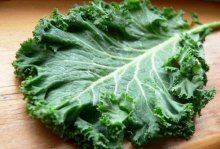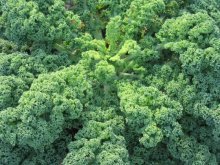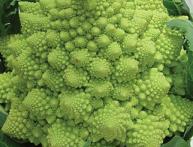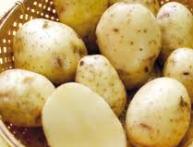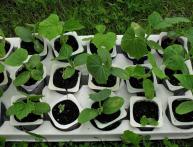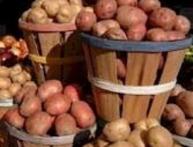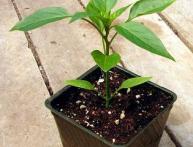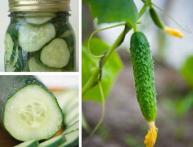Kale cabbage: main properties and characteristics of the species
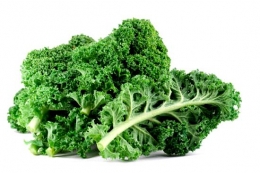
Kale is a plant belonging to the cabbage family and is known to many under names such as “grunkol” or “browncol”. The main feature of this variety is that cabbage does not have a so-called head.
Content:
Kale cabbage: features of the species
Visually, it may resemble openwork lettuce leaves. There is an opinion that the kale variety is the closest relative of wild cabbage. This is also evidenced by their external similarity. However, where exactly the history of the appearance of this vegetable originates is still not known.
From the beginning of the second year of its life, the plant produces flowers. The leaves themselves take on a greenish or purple color. Cabbage is incredibly resistant to sudden changes. She feels quite normal both at -7 degrees and at +27 degrees Celsius. This allows you to grow crops in different climate zones and latitudes without any problems.
Despite the high content of nutrients and microelements, this variety of cabbage can not often be found in famous restaurant dishes. For use in cooking, in cafes and other catering establishments, Brussels sprouts or broccoli are most often used. However, it is simply unforgivable to underestimate the benefits of eating kale.Its leaves contain a colossal amount of microelements necessary for the body.
Kale is special cabbage variety. The soft and tender leaves of the plant are most often eaten. The stem is somewhat harder and rougher, and therefore harder to process. Also, this variety of cabbage is grown as a fodder crop or used purely for decorative purposes, due to its fresh, attractive and original appearance.
Health benefits of kale cabbage
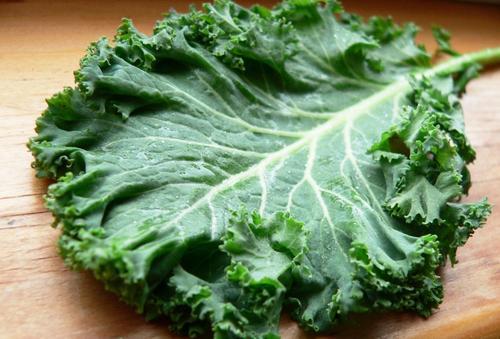
The benefits of kale for the human body are many times greater than the decorative capabilities of this cabbage variety. In terms of the content of useful microelements, it can be called a leader among vegetables.
Included cabbage leaves available:
- Easily digestible protein that contains many amino acids
- OMEGA-3 fatty acids
- Vitamins A and C necessary for the body
- Highly bioavailable calcium
- Magnesium - helps strengthen the cardiovascular system
- Glucoraphanin is a substance with anticarcinogenic and antibacterial properties.
- Indole-3-carbinol is an element known for its multiple beneficial properties.
This variety of cabbage is useful:
- With insufficient protein intake, a low-calorie diet, and following a vegetarian diet
- With calcium deficiency in the body
- Benefits as a major source of antioxidants
- For the prevention of vision diseases, as well as during high visual loads (working at a computer, reading and filling out documentation, etc.)
- When included in the usual diet, for the purpose of prevention and general strengthening of the body
- For obesity, in order to reduce the total calorie intake
For now, beneficial properties of cabbage kale are carefully studied by specialists from multiple scientific institutes and medical institutions. Its effectiveness has already been revealed in the treatment of certain diseases, including vision diseases, chemical and other poisonings, as well as a number of other painful conditions.
How to grow kale?
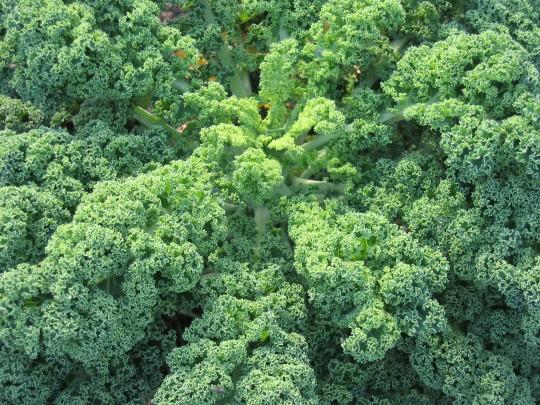
This cabbage variety is extremely unpretentious to growing conditions. It is able to grow in almost any climatic conditions and easily adapts to any type of soil. However, cabbage feels best in sandy, peaty or medium clay soil rich in nutrients. Organic fertilizers and additives are practically not required.
As a rule, cabbage is planted after harvesting other vegetable crops that have already ripened by the end of July. After all, it is from the beginning of July to the beginning of August that the season most favorable for planting kale lasts. August planting gives good results, provided there is good weather in September-October.
Seedlings are better grow in open ground. After germination, 2.2% fertilizer is applied to make the shoots stronger and stronger. The best time for sowing is 5-6 weeks before planting the seedlings.
Favorable time for harvesting is early February. After all, it acquires its true taste properties only with the onset of the first frost. When harvesting, only the top part of the plant is removed, leaving the roots in the ground.
Kale is unpretentious and does not require special care. It can be grown even under room conditions, in a container sufficient for the full development of the root system.
Video about the beneficial properties and uses of kale:
Interesting information about the vegetable garden

